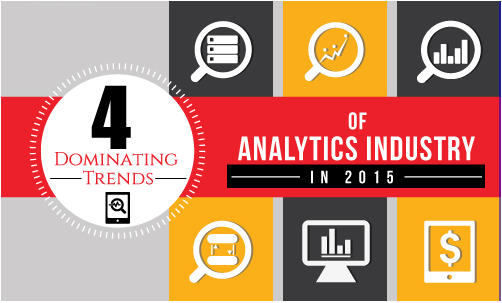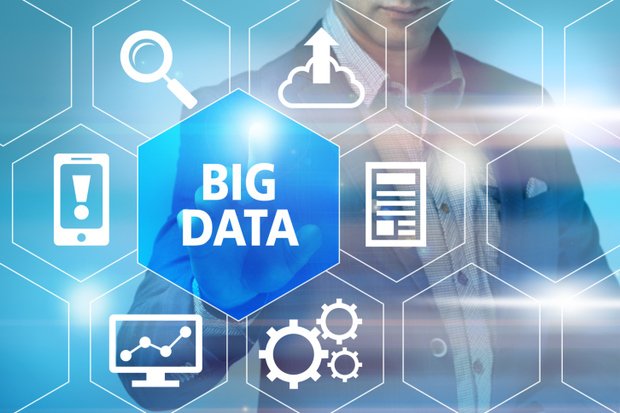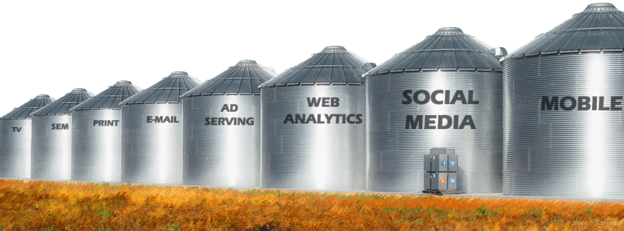by Tavish Srivastava
Introduction
This year saw a huge progress in contribution made by use of analytics / data science . Sometime back, analytics was all about reporting. Then it became something you can rely on to build future strategies. And now ? It has become the core of product offering.
The change is drastic and so is our expectations. Billions of dollars have been infused in this industry to explore its true potential. Companies are busy searching for skilled analytics professionals. And, the generous giants (Google, Amazon, Microsoft) are busy enhancing user experience with analytics.
Analytics industry has become skills deficient. Few years back, banking industry used to search for candidates with knowledge on SAS and Regression models (that too on a high pay scale). That’s it. But with time, this industry now demands more. People with knowledge in R, Python, JAVA, machine learning and text mining tools are in much higher demand today.
The shift is significant but in general the industry does not invest in creating this talent. Hence, it’s your responsibility to act now and take things in your hand rather than relying only on your management for training.
Above all, here are the 4 key trends which I have observed in the industry in year 2015. I believe it is just a tip of the iceberg. Feel free to Append the list with your observations in the comments section below.
4 Key Trends in Analytics / Big Data
1. Extreme Personalization
This is the most significant impact ‘analytics’ has made in the industry. From personalized marketing to personalized products, is where the industry is heading towards. Until few years back, the biggest achievements in analytics used to the personalized website of Capital One, advertisements on Facebook, cross sell of products on E-Commerce websites etc.
I know you’d say that there are things which are still the one we refer today. We are now going to a next level. Now we are moving towards personalizing the products. For instance, you might have heard of the product “SPIRE” from Pepsico.  What made a company like pepsico, which has not shifted their priority for more than 5 decades to such a design-oriented and customer-obsessed product. That’s because, now we need products that sell for itself. These products need to be highly personalized and customer-focused.
What made a company like pepsico, which has not shifted their priority for more than 5 decades to such a design-oriented and customer-obsessed product. That’s because, now we need products that sell for itself. These products need to be highly personalized and customer-focused.
Imagine of scenario where you buy a moisturizer which is specially made for you, with exactly the right proportions of ingredients which suits your skin. Wouldn’t it be amazing ? Now, do I need to market this product or you will eventually learn it from your friends and anyway buy the product ? I’m sure you know the answer.
In less than 5 years, we will see personalized products in every industry which will be driven by data science.
2. Holistic Customer View
When I entered this industry 4 years back, things were very different. Social media analytics used to be the topic of research. And, certainly not a part of business power-points. Things have changed since then.
Now, we collect information about our customers from various mediums. This might include interactions we had with the customer over phone, social media, mail or in person. The biggest challenge has always been to tie the complete picture of customer from various sources and build a customer persona. With time, we have learnt the essential keys which can help us in integration.
3. From Big to Bigger Data
Obvious one! And you saw it coming. I knew it. We all have seen big data growing exponentially with time across all companies & industries we are respectively working in.
I started working on a portfolio which had millions of customer. The calculations used to happen on this single table. With time, the portfolio has remained the same but the sources of information has multiplied exponentially. Using advanced technologies, we are now able to dig to much deep granular levels.
With this change, we need to update on many fronts. First, we move to a parallel computing framework. We no longer need big servers with increased data requirements. Hence, the only option is to create network of systems and use them in parallel.
Second, we move to a low level language for faster computing. From SAS to Python to JAVA/C. You need to know all of these. For extremely fast computation, you need to be a master of all these languages.
4. Breaking up Industry Silos
I have written a lot about this in my previous articles. This has always been my favorite topic of discussion. Being in analytics, the biggest power we have is that we are not confined within industries. For an insurance product designer, we might not find a place in E-Commerce industry. But for an E-Commerce analyst, we surely can find something in banking industry.
This brings me to the next point which is given that our community works in different industries. We have a lot to learn from each other. Today banking industry is learning a lot from marketing strategies of E-Commerce firms, digital communication/wallets are learning from banking industry, insurance companies are learning from manufacturing companies of how to best use data science.
End Notes
Knowing trends is very important but having opinions about the industry you work in is compulsory. This becomes even more important if you work in a dynamic industry like analytics. I encourage you to extend my list with your opinion about the trends and happenings in the industry.
About the Author
This article is contributed by Tavish Srivastava. From last three years, he has tenaciously contributed to various sales strategies, marketing strategies and Recruitment strategies in both Insurance and Banking industry.






